Oriental Bittersweet
A deciduous woody vine, oriental bittersweet (Celastrus orbiculatus) can grow up to 60 feet long, with a base up to 6 inches in diameter. Its fruits are yellow-orange capsules that split open to reveal the fleshy red interior.
It invades fields, field edges, and forests, forming dense mats that smother trees and shrubs.
How to Get Rid of Oriental Bittersweet
For young vines, hand pulling can work, and repeated mowing may be effective in fields. When large vines have grown into trees, cut the vines when the leaves aren’t present, and apply a systemic herbicide to the freshly cut stems. Any dead vines that cannot easily be removed can be left to decay on the trees.
The triclopyr-based herbicide Garlon usually works when applied as a foliar spray, whereas foliar applications of herbicides based on the active ingredient glyphosate are generally not effective. Always read and follow the directions on the label when using herbicide.
This plant is frequently found in areas subject to the Massachusetts Wetlands Protection Act; anyone planning control measures in wetlands should first check with the local conservation commission, and use only herbicides registered for use in these areas. Always read and follow the directions on the label when using herbicide.
Pictures of Oriental Bittersweet
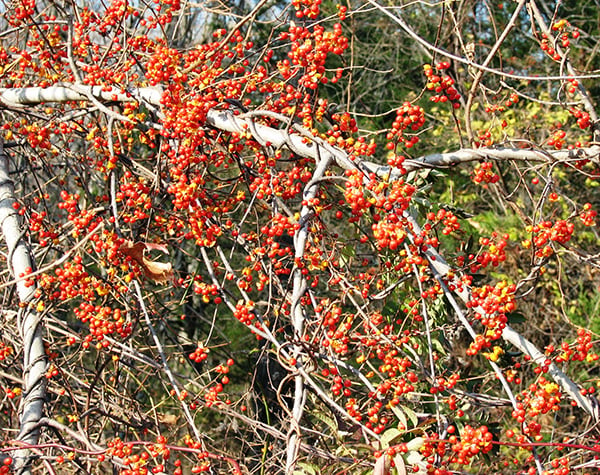
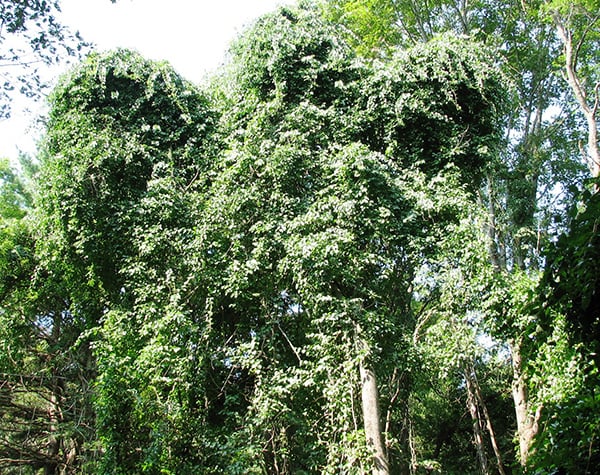
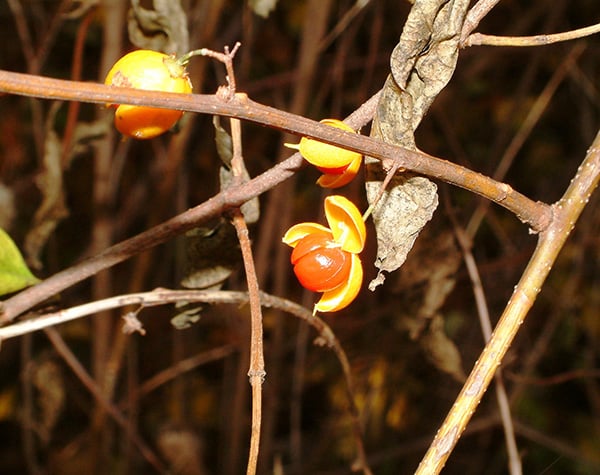
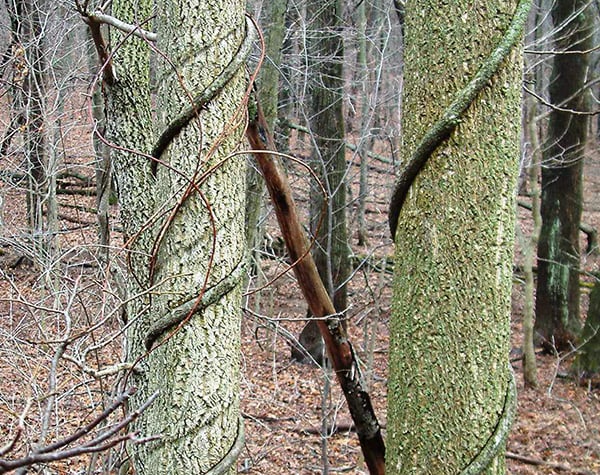
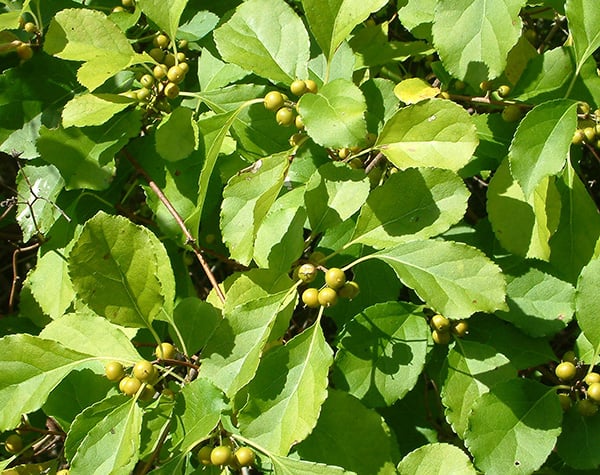
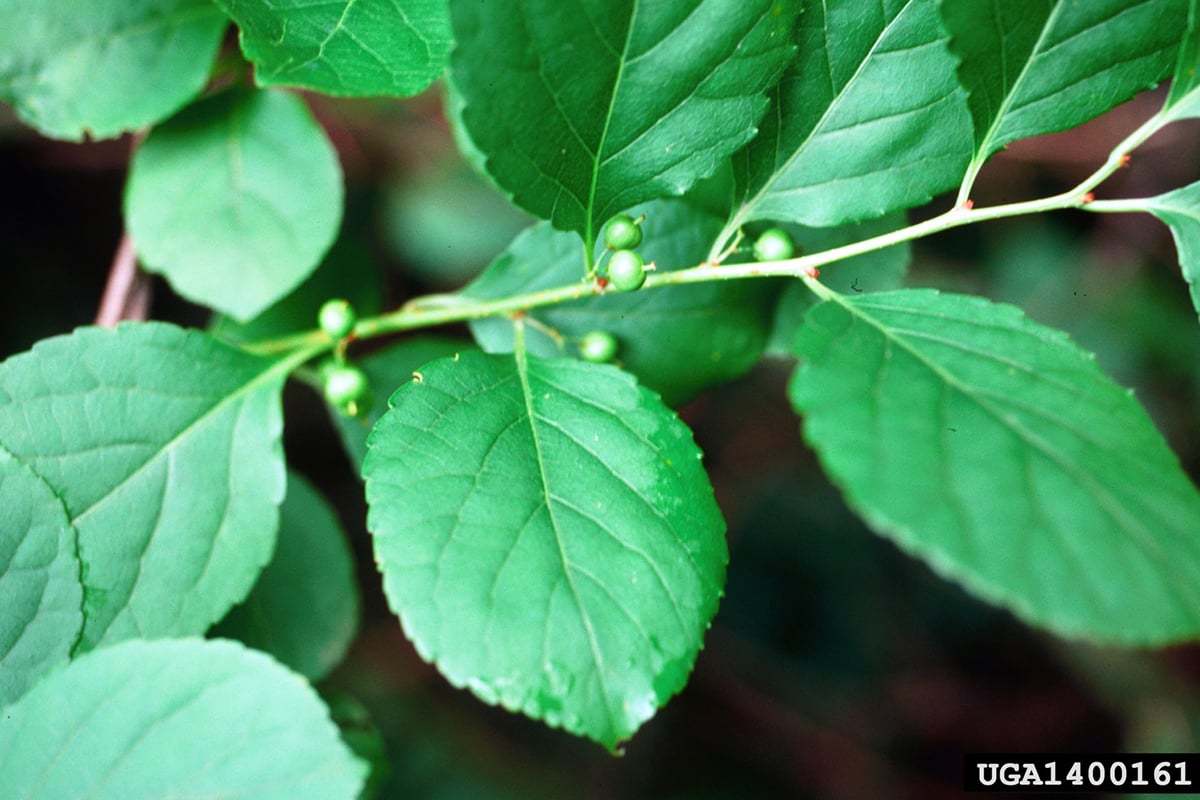
Stay Connected
Don't miss a beat on all the ways you can get outdoors, celebrate nature, and get involved.


